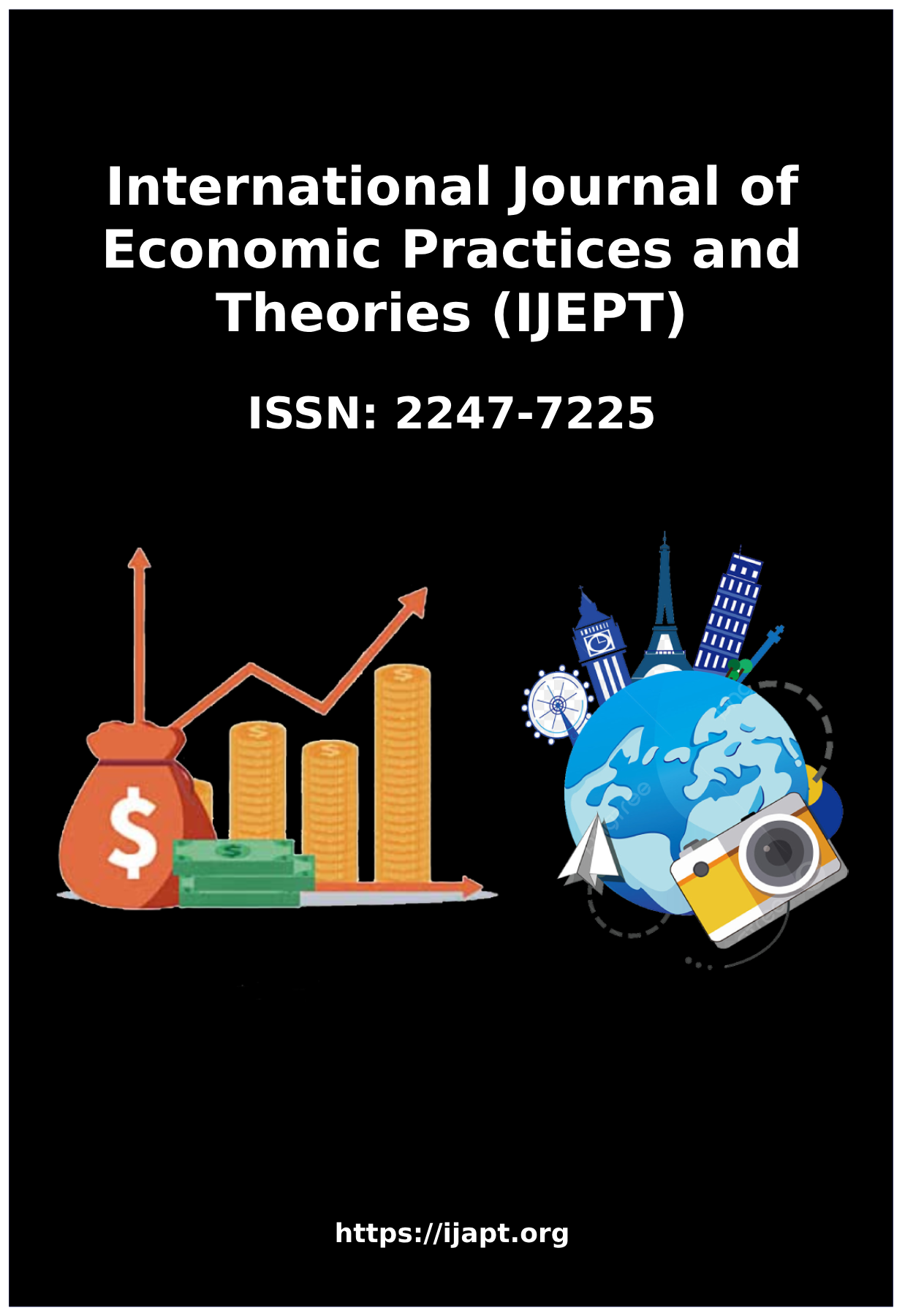Digital Payment Incentives as Catalysts of Consumption: An Empirical Study on Spending Behavior and Price Sensitivity
Main Article Content
Abstract
The rapid growth of digital payment systems has transformed consumer spending patterns across global markets. This study investigates how digital payment incentives—such as cashback offers, reward points, and instant discounts—act as catalysts for increased consumption and altered price sensitivity among consumers. Using a mixed-method empirical approach, data were collected from 600 respondents across urban and semi-urban regions through structured surveys and digital transaction analyses. The research examines the psychological and economic drivers that link payment incentives with shifts in purchasing decisions, frequency of transactions, and willingness to pay premium prices.
Findings reveal that digital payment incentives significantly boost short-term consumption by lowering the perceived cost of purchases and enhancing the convenience of transactions. Consumers exposed to regular payment rewards demonstrated a 28% higher transaction frequency and a notable decline in price sensitivity, suggesting that incentives temporarily diminish rational cost evaluation. However, the effect was found to be context-dependent: while cashback and direct discounts strongly influenced immediate purchases, reward points fostered sustained engagement and long-term platform loyalty. The results also highlight a demographic divide—millennial and Gen Z consumers displayed a stronger behavioural response to digital incentives compared to older age groups, driven by higher digital literacy and reward-seeking behaviour.
The study contributes to behavioural economics and digital marketing literature by providing empirical evidence that payment incentives not only stimulate spending but also reshape consumer price perceptions in a cashless economy. Practical implications extend to policymakers and fintech companies aiming to design sustainable incentive models that encourage digital adoption without fostering overconsumption. The paper concludes that while digital payment incentives are powerful tools for economic activity and digital inclusion, their influence on consumer rationality and financial discipline warrants careful consideration.
